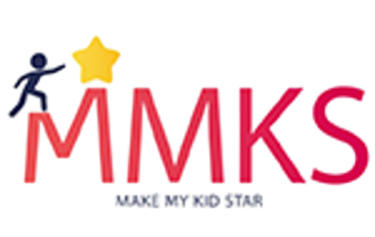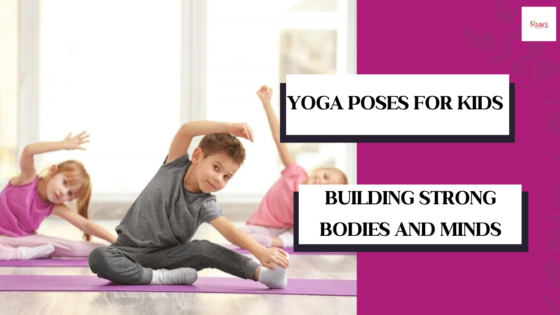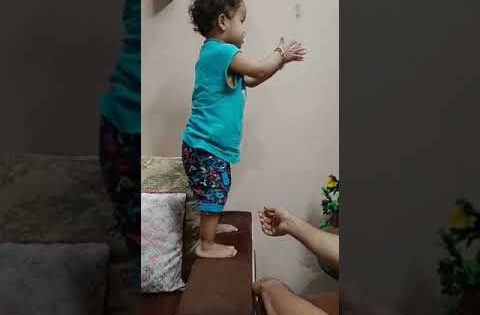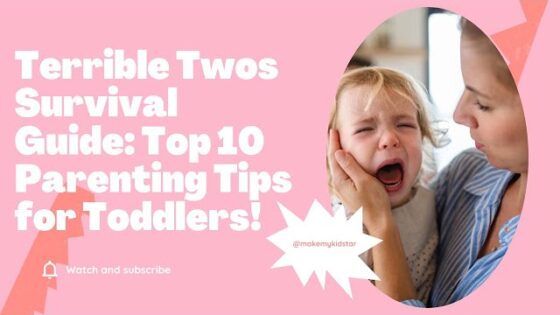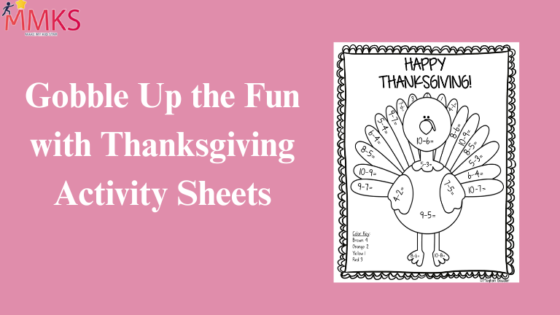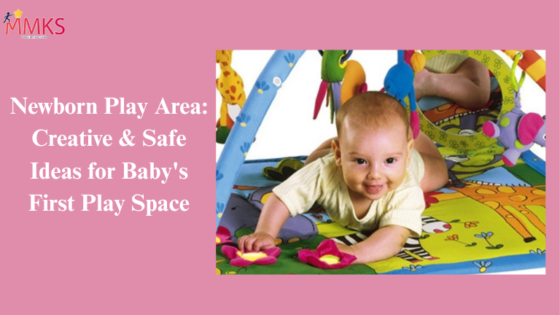Let’s face it—there’s just something irresistibly catchy about a good rhyme. Whether you’re flipping through a dog-eared childhood favorite or discovering a new lyrical tale for bedtime, rhyming books have a way of sticking with us. They’re not just for kids, either. Rhymes help us learn, laugh, and linger on language in ways that straight prose often can’t. So, what’s the deal with these sing-songy stories that keep tugging at our heartstrings?
Stick around—we’re about to dive into the rhythmic wonderland of rhyming books and find out why these lilting lines have us all hooked.
What Makes Rhyming Books So Irresistible?
Rhyming books are the literary equivalent of your favorite tune—you just can’t help but tap along. But beyond the bounce and beat, there’s a method to the musical madness.
Here’s why rhyming books are more than just a fun read:
-
Memory Boosters: Rhymes improve retention and make it easier for kids (and grown-ups) to recall information.
-
Language Learning: They highlight sound patterns and phonetics, making them excellent tools for early readers.
-
Engagement: A well-timed rhyme can capture attention like nothing else.
-
Predictability: The rhythm creates a flow that helps readers anticipate what comes next, making it easier to follow along.
Why Do Kids Gravitate Toward Rhyming Stories?
Ever seen a toddler’s eyes light up at “Green Eggs and Ham”? It’s not just the illustrations. Rhyming gives stories a kind of musicality that kids instinctively respond to. They giggle, guess the next line, and often memorize entire books without realizing it.
A parenting advice for you: Embrace the magic of rhyming books with your little one. It’s a fun and natural way to build language skills while strengthening your bond.
The Secret Sauce of a Great Rhyming Book
Not all rhymes are created equal. Some hit the sweet spot, while others fall flat. So what’s the secret?
Natural Flow
The best rhyming books don’t force the rhyme. They glide. A rhyme should never come at the cost of clarity or coherence.
Rhythm & Meter
It’s not just about rhyming words—it’s about how they’re delivered. Think of the beat of a catchy song. That’s what a solid meter does for a book.
Imagination Runs Wild
Great rhyming books often feature whimsical worlds, silly characters, and over-the-top adventures. Dr. Seuss, anyone?
Emotional Pull
From belly laughs to heartwarming sighs, the best books leave you feeling something.
Must-Read Rhyming Books for Every Age
For the Littlest Listeners (Ages 0–3)
-
“Brown Bear, Brown Bear, What Do You See?” by Bill Martin Jr.
-
“Goodnight Moon” by Margaret Wise Brown
-
“Llama Llama Red Pajama” by Anna Dewdney
Preschool Power Picks (Ages 4–6)
-
“Room on the Broom” by Julia Donaldson
-
“The Cat in the Hat” by Dr. Seuss
-
“Chicka Chicka Boom Boom” by Bill Martin Jr. & John Archambault
Even Older Kids (and Adults!) Can Get in on the Fun
-
“Where the Sidewalk Ends” by Shel Silverstein
-
“Zog” by Julia Donaldson
-
Poetry collections that use rhyme to tell bigger, deeper stories
How to Write Your Rhyming Book (Without Losing Your Mind)
Tips and Tricks for Budding Wordsmiths
Got a rhyming story bouncing around in your brain? Here’s how to bring it to life:
-
Start Small: Try a short poem or four-line stanza.
-
Stick to a Consistent Meter: Once you pick a rhythm, stay with it.
-
Read It Aloud: If it doesn’t sound right out loud, it’s not right.
-
Don’t Force It: Rhymes should feel smooth—not shoehorned.
-
Edit ruthlessly: Great writing is rewriting. Especially with rhyme.
Common Pitfalls to Avoid
-
Using big, awkward words just to make a rhyme work
-
Forgetting the story for the sake of rhyming
-
Losing rhythm halfway through
FAQs About Rhyming Books
Are rhyming books only for children?
Not! While they’re a staple in early education, rhyming books and poems appeal to all ages. Shakespeare rhymed. Eminem rhymes. It’s all about how you spin it.
Do rhyming books help with speech development?
Yep, they’re fantastic for it. Rhyming sharpens auditory discrimination and teaches the building blocks of language.
What’s the difference between rhyming and poetry?
All rhyming books are a form of poetry, but not all poems rhyme. Rhyming just adds an extra kick of rhythm and predictability.
Can I use AI to write a rhyming book?
You can, but it might take some tweaking. Rhyming is part art, part science, and a lot of heart. Machines can mimic it, but the soul of a story? That’s all on you.
Conclusion:
The Timeless Charm of Rhyming Books
From baby board books to bedtime classics, rhyming books have a universal appeal that’s hard to beat. They’re rhythmic, memorable, and just plain fun. But more than that, they’re powerful tools for learning, imagination, and emotional connection. Whether you’re reading to a child, writing your own, or revisiting old favorites, there’s always magic to be found in a well-turned rhyme.
So, next time you hear a catchy couplet or clever verse, don’t just nod along—dive in. You never know where a few rhyming words might take you.
